► We drive Vauxhall’s electric estate
► It’s a reasonable all-rounder
► But it has a silly price-tag
Electric estate cars haven’t really hit the mainstream yet. So far, the only load-lugging electric cars you can buy are the MG 5 EV, the Peugeot e-308 SW, the Porsche Taycan Sport Turismo and this – the new (and rather clumsily named) Vauxhall Astra Sports Tourer Electric.
It’s almost identical to the standard Vauxhall Astra Electric underneath, sharing the same 154bhp electric motor and 51kWh battery pack. The biggest changes are a slightly longer wheelbase and a larger 516-litre boot (which swells from the 352 litres you get in the hatch). The idea is that the Sports Tourer EV can offer eco-minded families a little more space for their child clobber without compromising the Astra’s handling.

It all sounds great on paper, but the theory rapidly disintegrates when you’re presented with the car’s price. There’s no way to sugar coat it – the Astra Sports Tourer Electric starts from £40,000. And that’s just for an entry-level Design model. If you want a top-spec Ultimate version like the one we tested, you’ll need to fork out more than £46,000. We’re not sure we can justify that.
Oh dear. This is going to be one of those reviews, isn’t it?
We resent that sentiment. Our approach to the electric Astra estate’s price is more quizzical than critical. We understand that it’s more expensive for manufacturers to produce an EV than a petrol car – electric technology is still quite new and the rate of progress is rapid, which means development cycles are under constant review. That’s an expensive way of doing business.
But what we don’t understand is how Stellantis hasn’t managed to get a tighter hold on its costs when it’s sharing its electric motors and battery packs between six brands and more than a dozen cars (for the time being – the synergies will deepen between the Stellantis brands over the next decade). Volkswagen seems to be doing a much better job with its family of MEB electric cars.
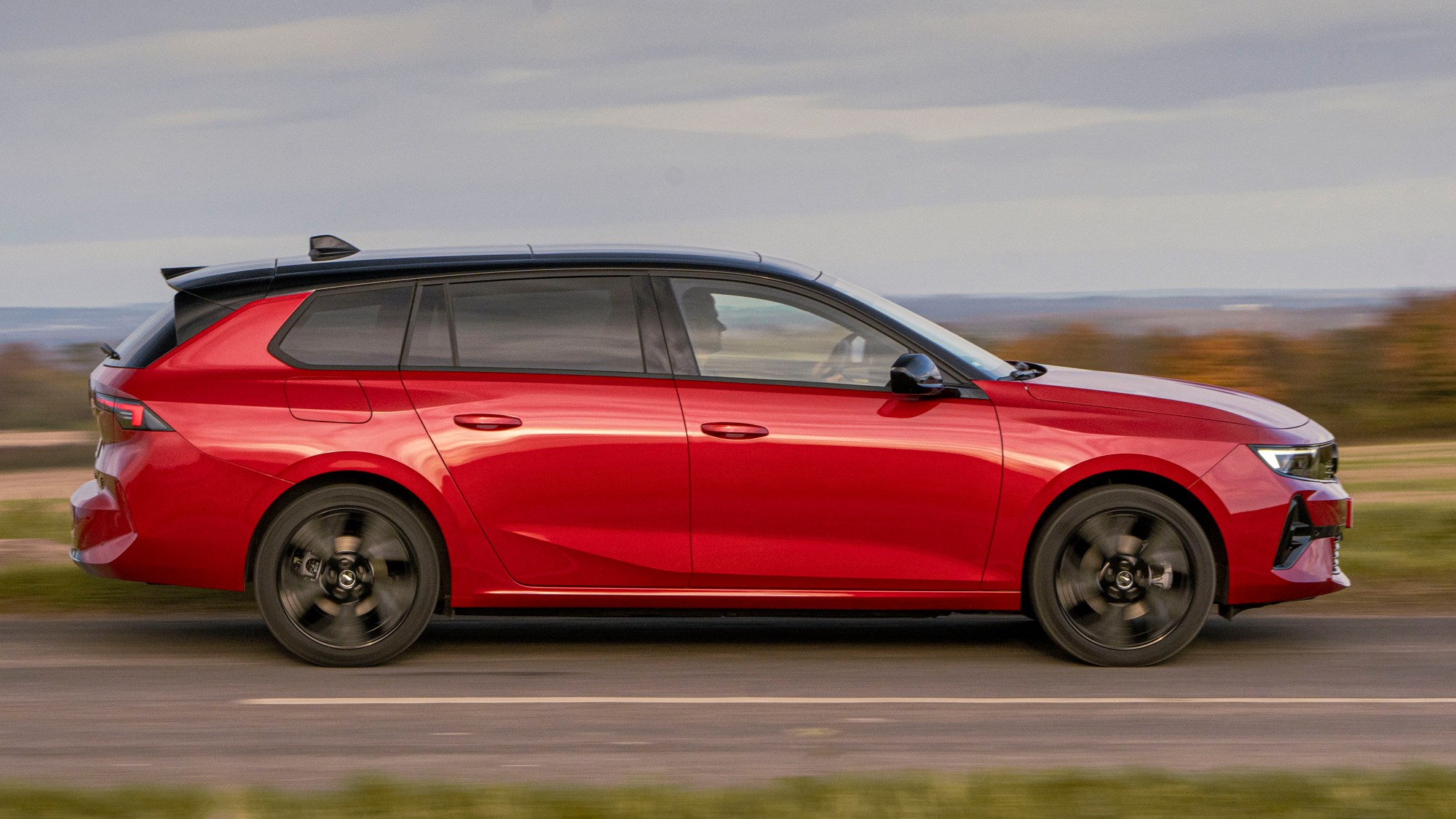
Setting Vauxhall’s rather ambitious pricing strategy aside for a moment, the electric Astra estate does some things quite well. Namely how it drives. In fact, we think the Astra is one of the best-driving cars on Stellantis’ EMP2 architecture. Vauxhall gave the car firmer damping and a heavier steering system than the likes of the Citroen C5 X and DS 4, which has two main benefits.
The firmer suspension means resists body roll better than its French stablemates, which means you have greater confidence to chuck it at a bend. When you do, you’ll find plenty the Astra offers plenty of grip to begin with, followed by some gentle understeer once you push beyond the limits of the front tyres’ grip. It’s a safe, predictable car.
The Astra’s heavier steering system also gives the driver a clearer indication of what’s happening at the front axle. The steering system is quite sharp off-centre and because it doesn’t have the arcade racer-like assistance of the Citroen and the DS, the Vauxhall is easier to place on twisty roads. It still isn’t anywhere near as good as a Ford Focus, but it certainly feels more direct than its siblings.
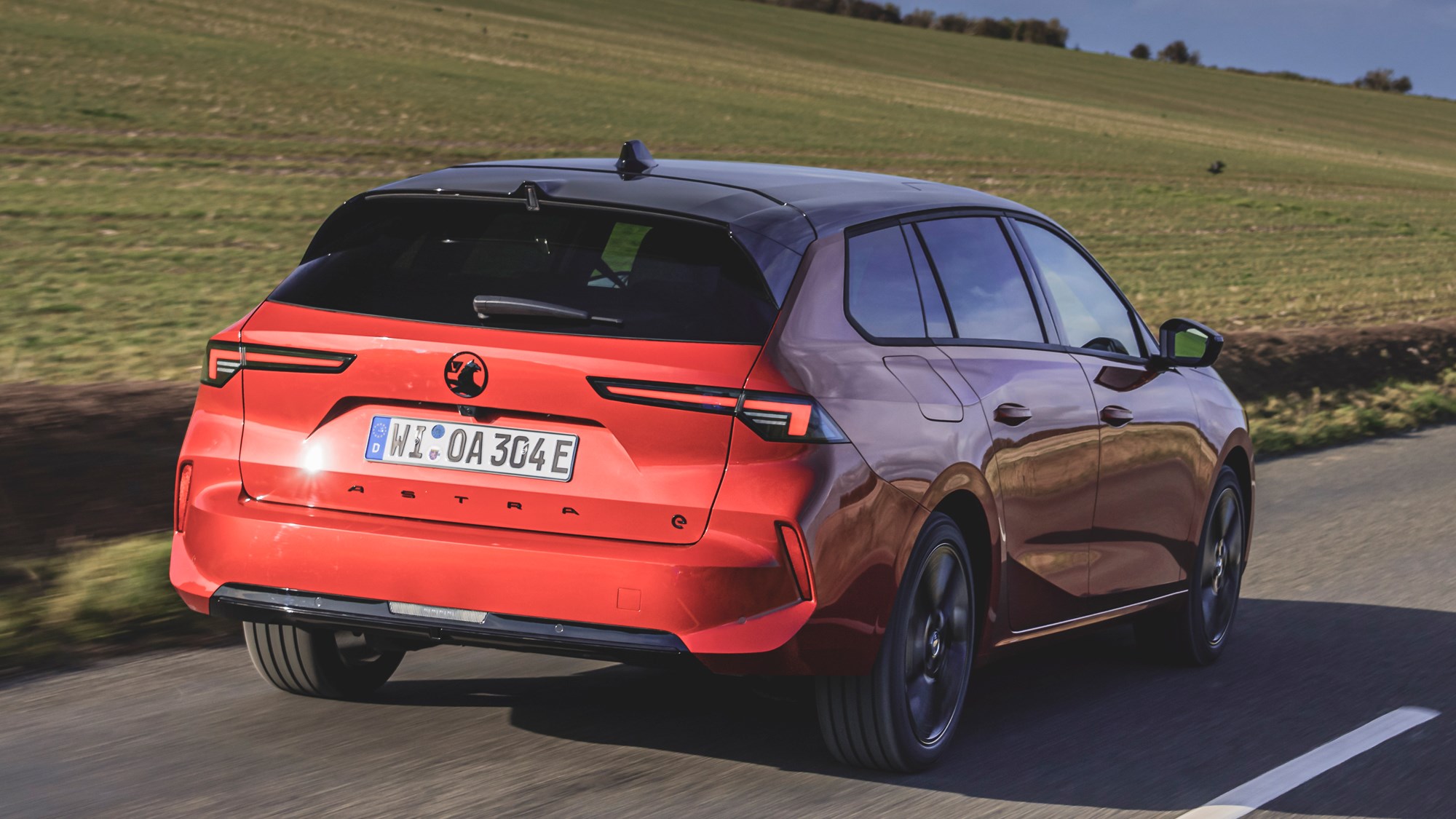
Vauxhall also extended the Astra’s wheelbase to create the estate, which has had a slight effect on the car’s ride and handling characteristics. The low-speed ride is much the same as the standard Astra, which is to say a little harsh. However, the high-speed ride has improved thanks to the extra length between the axles. It’s fractionally more stable on the motorway.
Refinement is good overall. Road and wind noise is well muffled by the Astra’s sound deadening and engine noise is non-existent because it’s an EV. You might notice more booming at the rear of the car, however. The big empty boot acts a bit like a speaker box, amplifying any noises from the rear of the chassis and projecting them forwards into the cabin. It isn’t offensive, though.
What about the speed and power?
Well, the Astra estate’s electric motor is a rather average unit. It produces 154bhp and 199lb ft of torque, which is 13bhp less than you get from the most basic MG 4 EV and a 14bhp and less than the entry-level Hyundai Ioniq 5. And both the MG and Hyundai are available with more potent powertrains that offer more than 200bhp.
That Astra’s performance deficit is laid bare when you compare its 0–62mph time against its rivals. It takes a rather pedestrian 9.2 seconds, compared to 7.7 seconds in the cheapest MG 4 and 8.5 seconds in the entry-level Ioniq 5. Even the MG 5 EV (which is currently the Astra ST’s closest rival) can trounce the Astra in a straight line with a 0–60mph in 7.3 seconds – and let’s not forget that the MG 5 costs a whopping £9,000 less.
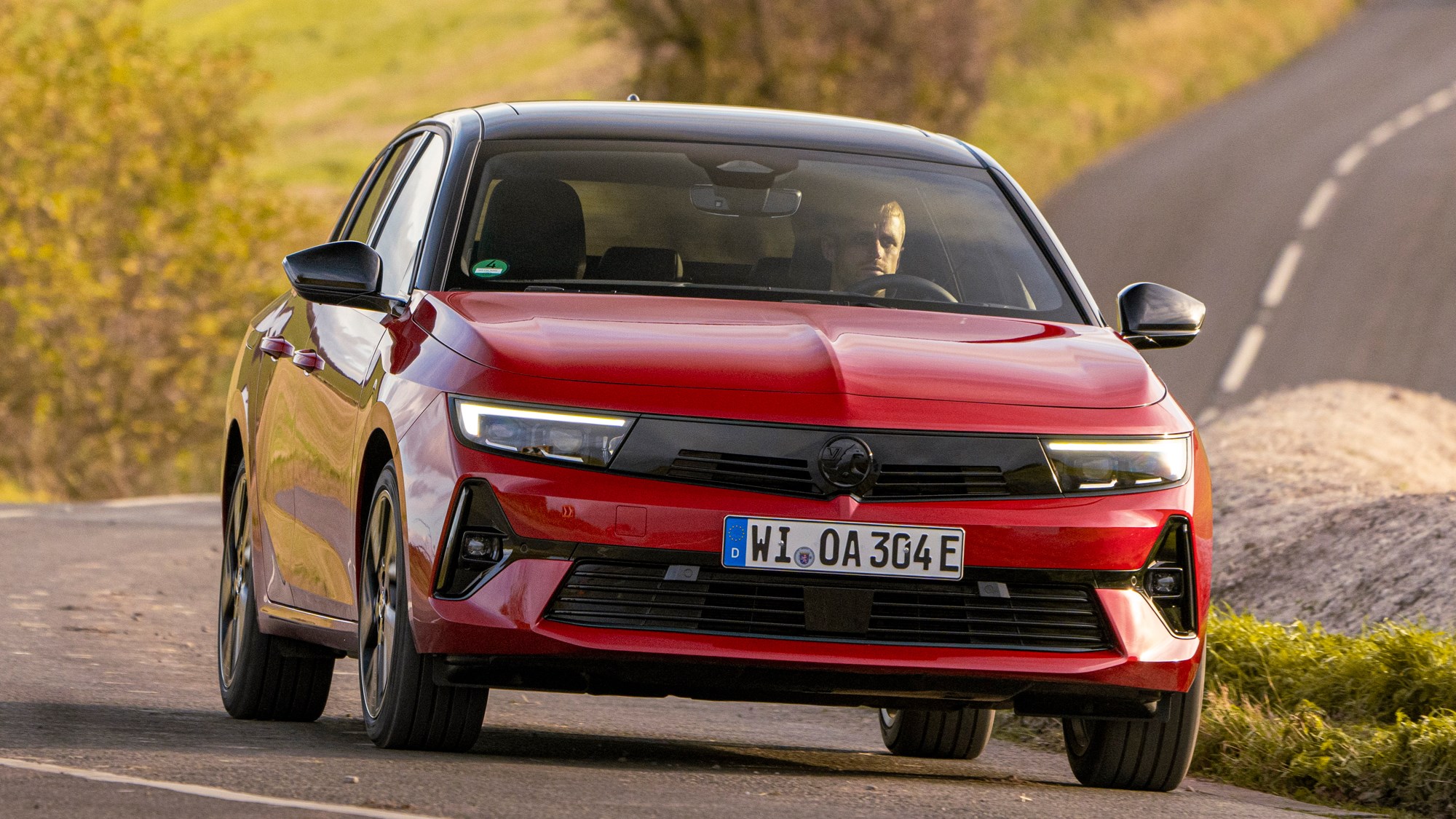
Still, the Astra’s motor offers just enough poke around town to nose ahead of traffic. All its torque is available the second you step on the accelerator, which means 0–30mph takes just four seconds. However, it runs out of steam as you pile on the speed. Performance quickly tails off as you pass 60mph, so you need to push the pedal very hard when joining the motorway.
And the range?
Vauxhall says the electric Astra estate can cover 256 miles between charging stops, which we found to be quite optimistic. To give the Astra a fair shake, we were testing it in the depths of winter, when electric car batteries are at their least efficient. We reckon a real-world range of around 200 miles is more accurate.
At least it charges quite quickly. It can accept DC rapid charging speeds of up to 100kW, which is enough to thrash the battery from 10–80% capacity in 30 minutes. When the car’s connected to a more conventional 7.4kW AC wallbox charger, it takes eight hours to completely recharge the battery – or if you’re fortunate enough to have three-phase power and an 11kW wallbox, you can trim wait times down to five and three-quarter hours.
What’s the interior like?
Quite well equipped (which it should be for the money). Every version of the electric Astra estate gets Vauxhall’s Pure Panel infotainment system, which comprises a 10-inch digital instrument display and a 10-inch infotainment screen with wireless Apple CarPlay and Android Auto.
There’s a problem with the system, though. You don’t get wireless charging on the Astra’s cheaper Design and GS specifications, which we think kind of defeats the point of wireless smartphone mirroring. When you eventually exhaust your phone’s battery, you need to plug it into the dashboard – and the sharp angle you’ll force your cable into to make you phone fit into the dashboard cubby will damage the cable prematurely. It also spoils the seamlessness of the technology.
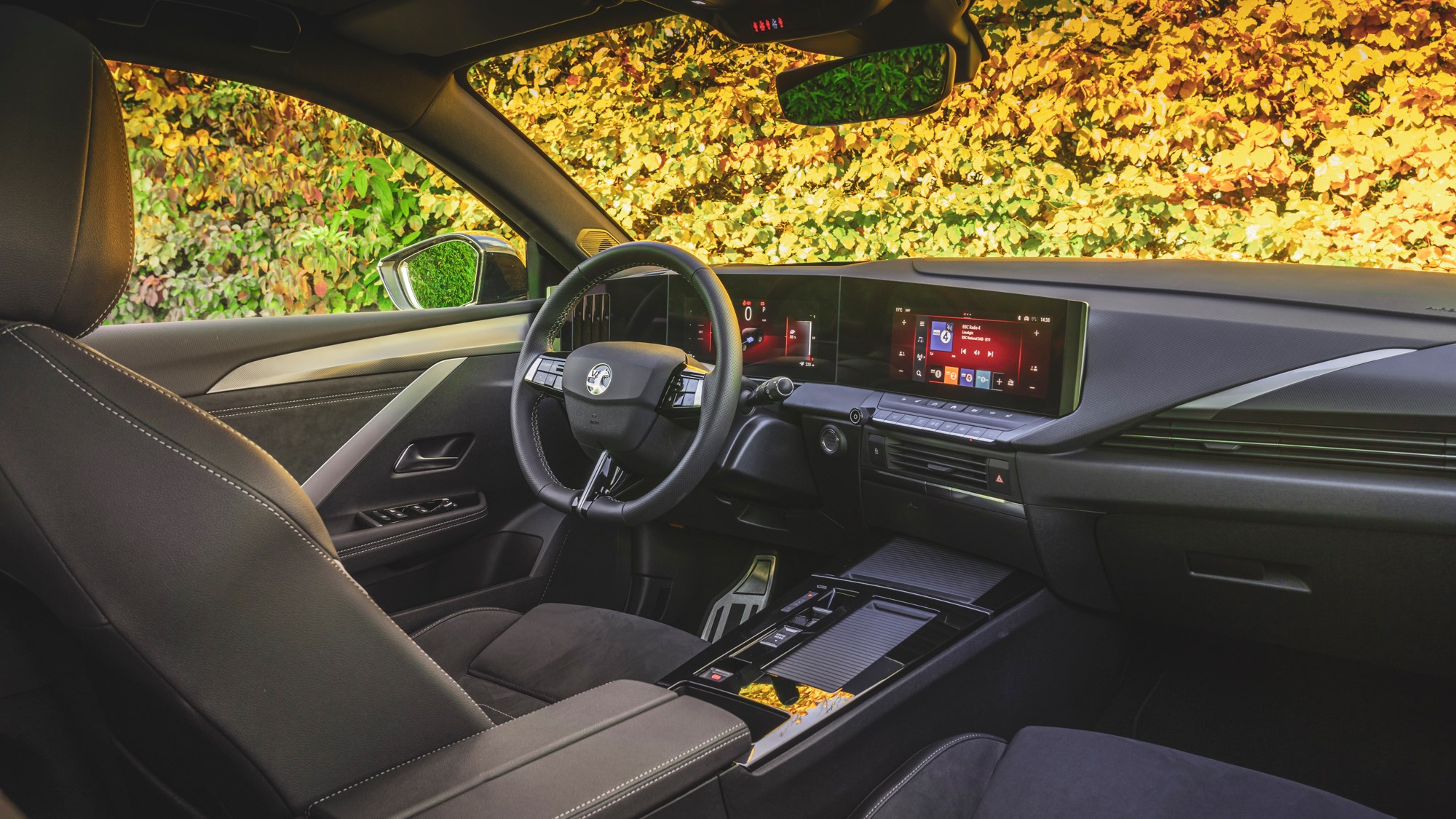
However, we’re pleased to see that Vauxhall has taken notice of our hatred for touchscreen climate controls. The Astra retains proper physical buttons for the heater, air conditioning and fan speed functions, along with a traditional volume knob for music. It’s far easier to use than the touchscreen-led setup you get in an MG 5 EV.
Vauxhall’s seats deserve a special mention, too. Mid-range GS and top-spec Ultimate models come with a pair of AGR-certified front seats. AGR is an independent German association that promotes research into back pain – and Vauxhall says these seats have been designed to alleviate the aches and pains you normally get after a long stint behind the wheel.
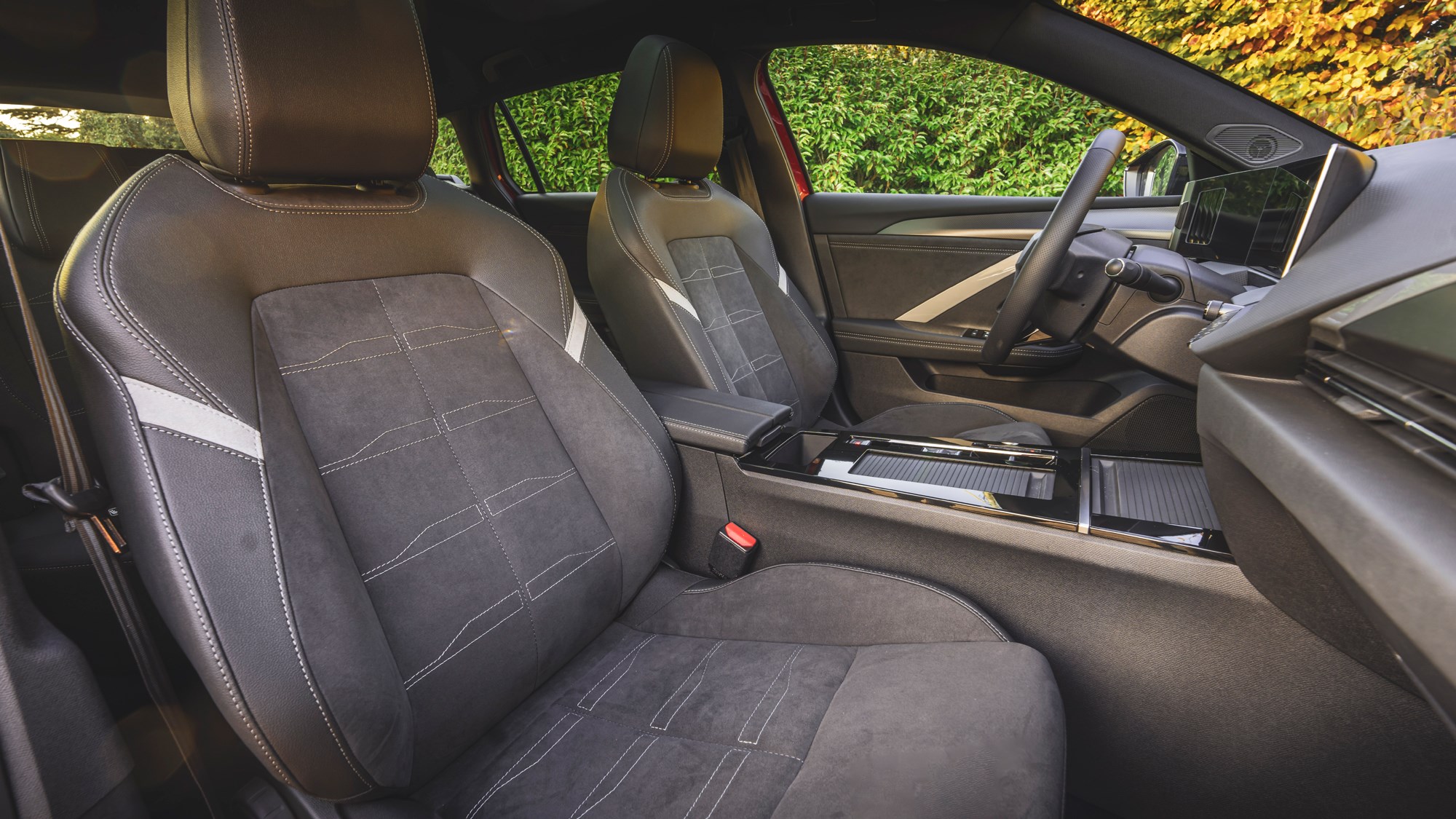
After spending a few days with the Astra Sports Tourer Electric, we can believe the hype. The Astra’s seats are appreciably firmer than Citroen’s Advanced Comfort seats, but they offer more vertical support (for when you hit a crater on the motorway) and better lateral support (which means they hold you upright when cornering hard). They’re also very accommodating and very adjustable, meaning drivers of all shapes and sizes should be able to find a comfortable seating position.
What about boot space?
For an estate, it isn’t very practical. Yes, its 516-litre boot is a huge step up over the standard Astra Electric but, because the battery pack eats into the space under the boot floor, it’s no more practical than a well-packaged electric SUV. The Ioniq 5, for example, has an extra 11 litres of boot capacity, while the (cheaper!) Skoda Enyaq offers an extra 69 litres.
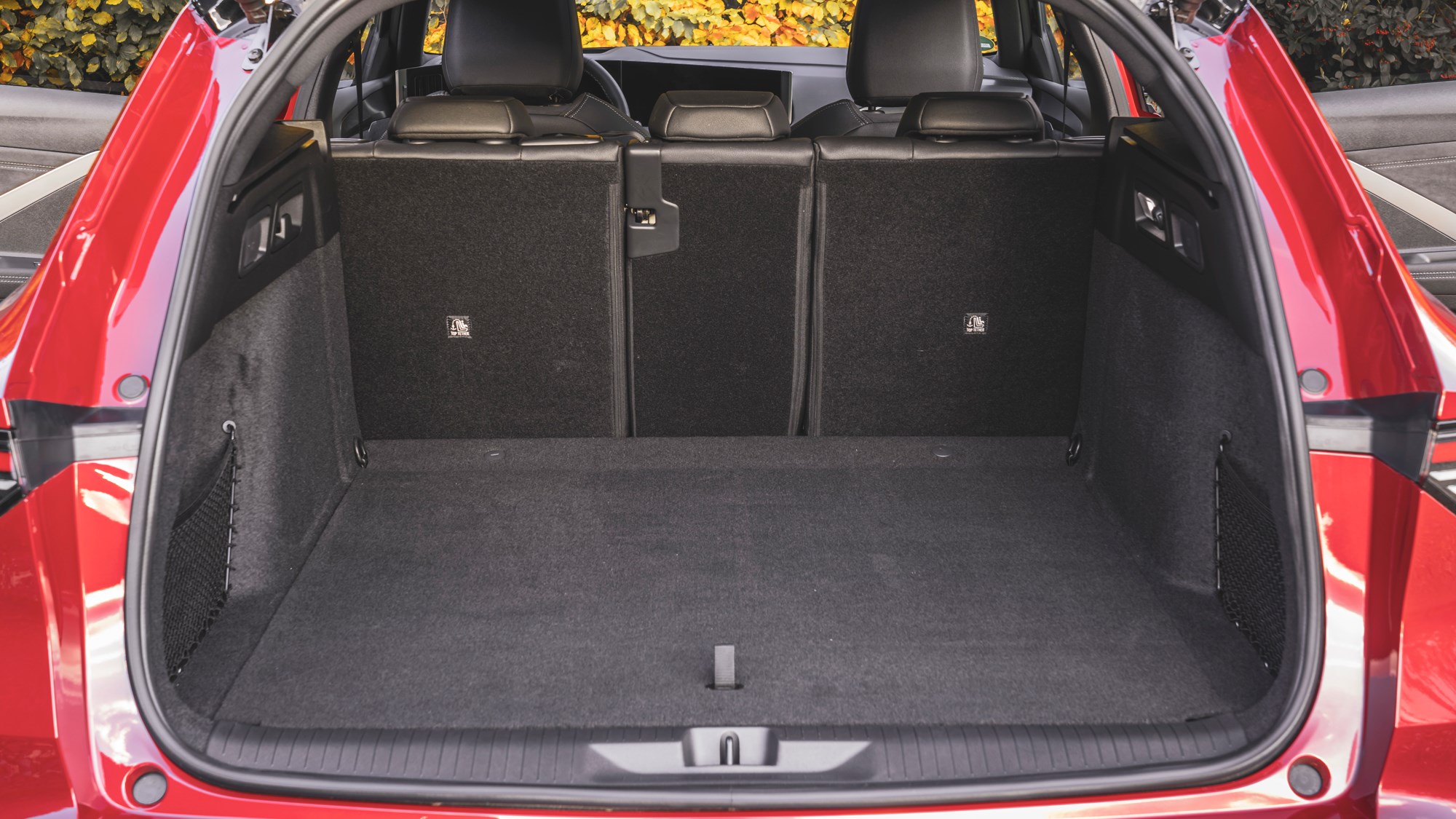
And because Vauxhall only used the space unlocked by the Sports Tourer’s longer wheelbase to increase boot capacity, there isn’t any extra room inside for passengers over the standard hatch. That only strengthens the case for the car’s indirect SUV rivals. Space is perfectly acceptable in the front, but those in the rear might find leg and knee-room a little tight, especially when sitting behind a lofty driver.
Verdict
For a Stellantis product, the Vauxhall Astra Sports Tourer Electric is good. It’s definitely one of the better cars in the group’s stable. However, like most of Stellantis’ latest vehicles, it appears far less attractive when you compare it to its external rivals. In fact, the Astra finds itself sitting defiantly in the middle of its class.
The electric estate market isn’t yet well populated enough to draw any direct comparisons, but there are plenty of electric hatchbacks on sale that we think deserve your attention more than the Astra. For example, the MG 4 is more nimble, more engaging and much faster in a straight line, while the Hyundai Ioniq 5 offers a far superior blend of handling and ride quality. The Astra’s poor packaging also means it’s no more practical than the Ioniq 5, which defeats the argument for opting for this estate in the first place.
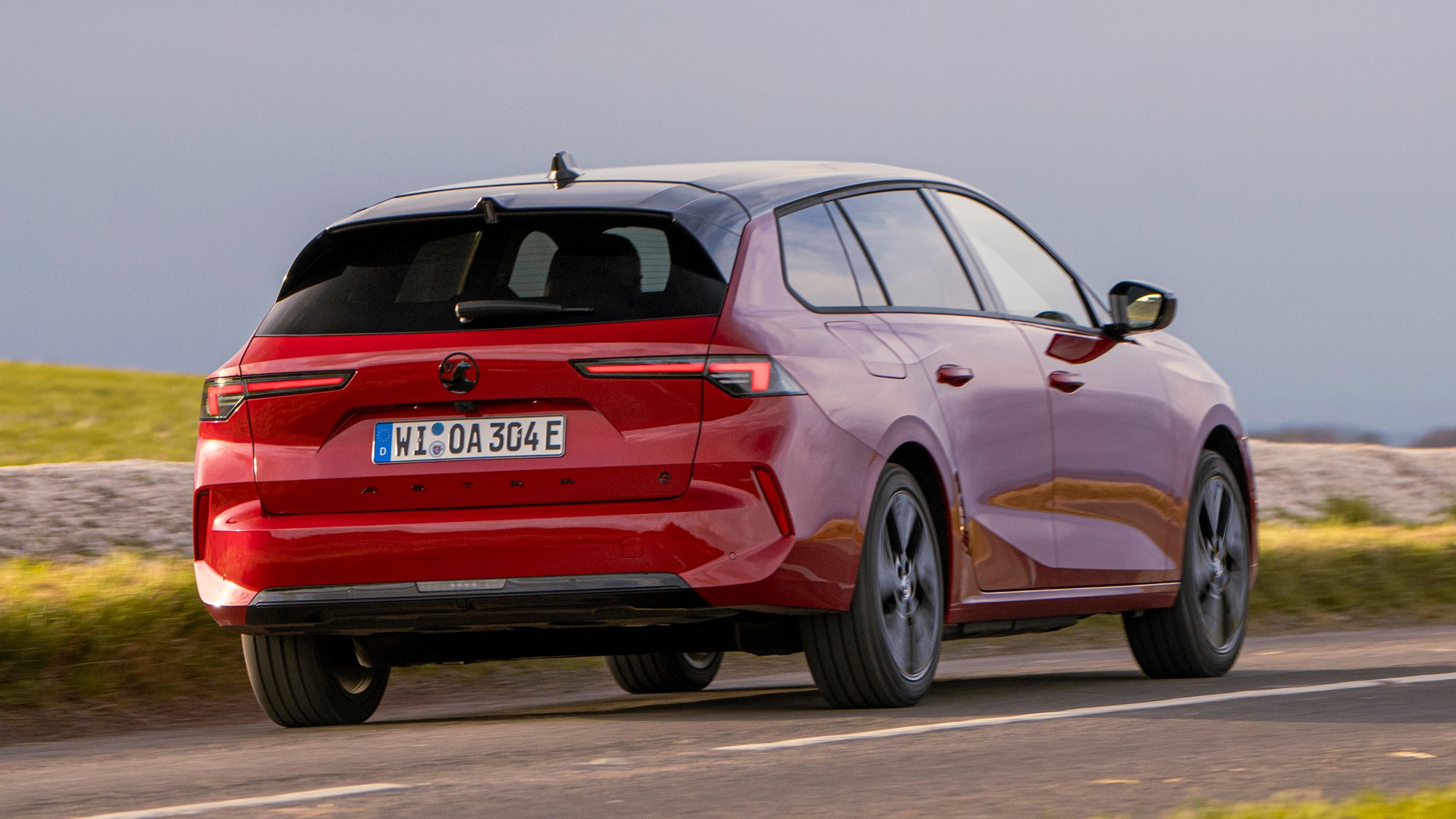
Then there’s the issue of price. £40,000 is too much for what this car is. If all you want is an electric estate car, you should ignore the Astra entirely and head straight to your local MG dealer to buy a 5 EV. It’s faster in a straight line, offers a similar maximum range, it’s almost as practical and, crucially, it’s £9,000 cheaper.
Yes, the Astra is better built than the MG and it has a more impressive infotainment setup, but it doesn’t distance itself far enough from the 5 EV to justify the added expense. So, until Vauxhall can get the Astra Electric’s price down to a sensible level, we’ll steer you towards its statistically better and cheaper rivals every time.
Luke Wilkinson is Deputy Editor of our sister site, Parkers – but he also writes news, reviews and features for CAR magazine whenever he can. He has five years of experience as a motoring journalist.